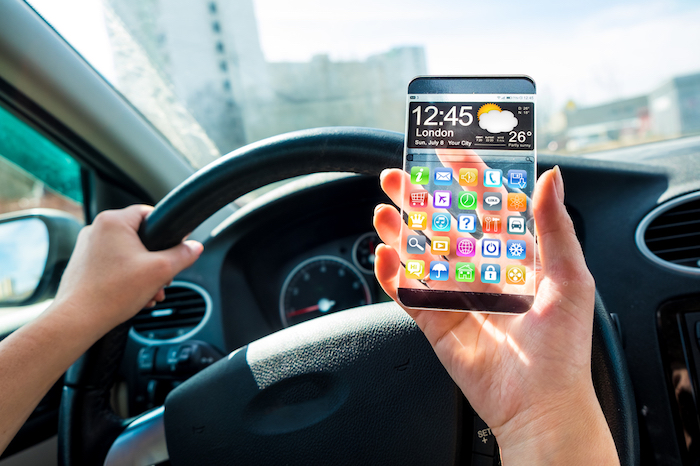
The iPhone X launched to the delight of Apple lovers on November 3, with some fans having queued for days to be the first to get their hands on the flagship model. Equipped with facial recognition technology, a 5.8 inch OLED display and a hefty price-tag, the X is sure to divide opinion and break sales records.
With smartphones now ubiquitous in Australia – and smartphone technology quickly developing – we got thinking about what the future of the smartphone could mean for digital marketing. Here are some predictions…
The Third Dimension and Holography
The new ‘Retina Display’ offered by the iPhone X might prove to be the zenith of screen resolution for smartphones. Given that the resolution offered is sharper than the human eye is capable of discerning, there would appear to be little value in developing higher resolutions.
Having said that, innovation remains the aim of the game and future smartphones may feature 3D screens and holograms instead. 3D screens are already very much in the picture, with basic 3D support available in several phones at present. Holograms could be combined with 3D support, allowing phone users to create holograms for image or video projection that can be resized or moved with their fingers. Nifty.
What does this mean for marketing? It means you need to start thinking about ways your brand can make the most of 3D and holographic display. Want some inspiration? Check out these 5 brands that have successfully experimented with holographic marketing.
Augmented Reality
The smartphone is an ideal platform for augmented reality applications, given that most people carry their phone at all times. In simple terms, augmented reality is an overlay of digital information used to augment the physical world. For example, an augmented reality application might be used by a chef to give information on ingredients or recipes as they work, streamlining the process.
Apple appears to be interested in developing augmented reality technology by way of smart glasses, with hundreds of staff reportedly working on the device. If their smart glasses launches successfully, you can expect to see the technology added to whatever smartphones follow the iPhone X.
AR is providing brands with opportunities to interact with their audiences, tell brand stories and display their content like never before. By taking the interactivity of online marketing and applying it to the real world, AR is set to the ways people shop, make purchase decisions and interact with brands. Read more about exciting AR marketing possibilities.
A Rise in Ad Blocking
According to Mobile Marketing Magazine, 25% of smartphone users are now using ad blocking apps and browsers – and this number is continuing to rise 90% every year. For marketers, this means putting extra work into making sure advertisements are as engaging, accurately-targeted and unobtrusive as possible. The rise of the ad blocker might just be the most significant challenge marketers will have to face in the near future. Find out more.
Mobile First & Voice Optimisation
In 2016, mobile browsing surpassed traditional desktop browsing for the first time. As the prevalence of the smartphone grows, so does voice search. According to Branded 3:
- By 2020, 50% of all searches will be voice searches
- Google voice search queries were 35 times greater in 2016 than they were in 2008
- 55% of teens and 40% of adults use voice search on a daily basis
- 19% of people use Siri at least once a day
The movement towards voice search is significant for every business owner with a website, as content and SEO tactics that work for desktop searches are not as effective for voice search. Find out more about adjusting SEO for voice search.
*
If you have any questions about how you can adjust your marketing tactics to suit the smartphone revolution, don’t hesitate to contact Studio Culture today. We specialise in future-proof SEO, social media, web design and more.

